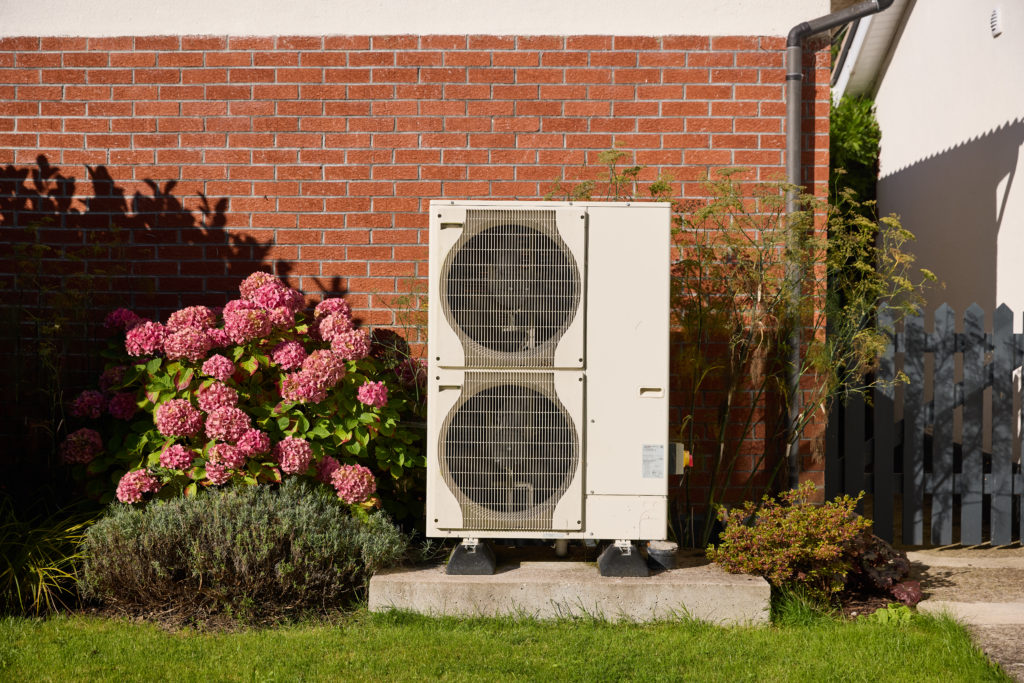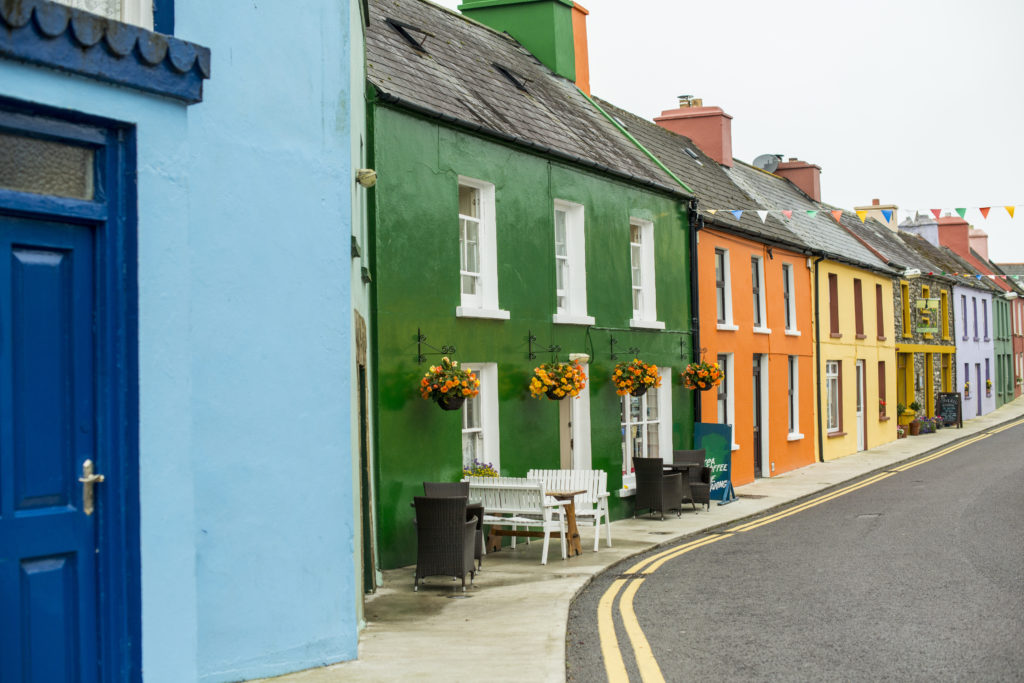
Materials Needed
For your paint job you will need; a scraper, shavehook, glasspaper, brushes, hot air gun and of course a ladder. Remember: When using a ladder, be sure that it is resting on a secure base. Never over-stretch yourself, move the ladder more frequently to the next position
Surface Preparation
Preparation is the key to a successful finish. All surfaces need thorough preparation so fresh paint looks good and lasts well. Dirt and grease prevent new paint from adhering so your first job should be to wash the surface thoroughly with sugar soap and rinse well afterwards. See Table below for advice on how to tackle possible problems before painting or staining windows and doors.
Getting a Smooth Surface
Use a coarse glasspaper followed by a medium glasspaper to achieve a smooth surface. Then, rub with a damp cloth to remove any dust. Remember to rub down with fine glasspaper between coats.
| DESCRIPTION | PROBLEM | SOLUTION |
| Stains on existing paintwork | Old, rusty nails | Remove all rust by sanding, then prime nail heads with a metal primer before repeating. |
| Stains on existing paintwork | Resin bleeding from knots in the wood | Remove resin deposits with white spirit, sand stained areas back to bare wood and treat with a knotting solution, before priming and repainting. |
| Staining wood which was previously painted | All old paint must first be removed | Use a chemical stripper or a hot air gun. Fill cracks and blemishes with an external wood filter that can be stained. Sand wood to obtain a smooth finish. |
| Painting wood which was previously painted | If in good condition, simply clean the surface with sugar soap then rinse with water. If in poor condition, paint must be stripped back to the bare wood. | Remove all loose particles. Splits, dents or cracks can be patched with a waterproof flexible filler. Small areas that have been sanded to the bare wood should be primed before painting. |
| Soft, rotten wood | This must be removed | Cut out any dead, rotten wood and replace. Alternatively repair with a hardener that soaks into the wood and dries hard. This will provide a suitable surface that can be painted and filled. |
Paints & Stains
Depending on the look you want, there is a wide choice of exterior paints and stains available to protect and enhance the beauty of your wood.
Paints:
- Exterior Gloss: A three-part system made up of primer, undercoat and gloss. Developed to offer maximum protection against extreme weather conditions. It creates a tough, flexible finish to woodwork that resists cracking and keeps out rain.
- Ranch Paint: Long-lasting protection. One-coat coverage, no primer or undercoat needed. Being micro-porous, the primer allows the wood to breathe and reduces risk of blistering.
- Primer: This prepares surfaces for undercoats or one-coat glosses. Specialist primers may be needed for some woods (i.e. aluminium for hardwood or creosote woods).
- Creosote: Inexpensive preserver for fences, sheds etc. Protects against mould and fungal attack. Avoid contact with pets and plants.
- Water-based Treatment (Timbercare): Stains and protects fences, sheds etc. Better coverage than creosote and the colour lasts longer. Repels water, is harmless to plants or pets and brushes out in water. Almost odourless, it resists mould and also fungal attack. Not suitable for smooth wood.
- Wood Preservers: A quality alternative to creosote. Avoid contact with plants and pets. Adds little or no colour and does not protect against Ultra-Violet light.
- Decorative Wood Preservers: Superior quality stain and protection. Water-repellant, resists mould and fungal attack. Also lasts up to 5 years. Avoid contact with plants and pets. Used for sheds, cladding and external timbers.
- Woodstains: Offers the best quality stain and protection. Water-repellant, resists mould and fungal attack. Wide colour range. Used for doors, window frames, garden furniture and external joinery.
- Exterior Clear Varnish: Slightly coloured, water-repellant protective varnish. Long-lasting, high-gloss finish. Flexes with the wood and it is used for doors and window frames.
Where to start?
Follow the same order of work whether you're painting or staining.
- Moldings
- Panels
- Central verticals and horizontals
- Top and bottom horizontals
- Inner and outer verticals, edge and frame
- Remember to paint the rim of the door to match the room that it opens into so that it blends with the decor
- Slide down the outer sash and raise the inner one. Paint:
- Exposed top edge, side rails and glazing bars of inner sash
- Top of frame that the window closes up to
- Reverse the sash positions so that only the newly painted part of the inner sash is covered. Then paint:
- Glazing bars and rails of outer sash
- Glazing bars and rails of inner sash
- Frame and sill
- The outer frame above the window
- Along the hinge sides of all opening casements
- Any glazing bars followed by top rails
- Side rails
- Bottom rails
- The opening edges
- The frame and sill
A poor paint finish can be caused by water penetration, adverse painting conditions and, more often than not, inadequate preparation or a 'slap-dash' technique.
The 'Useful Tips' service is provided in good faith to provide you with general information only in relation to your do it yourself projects. The information is not intended as a substitute for advice and assistance from an appropriately qualified and experienced tradesman. In particular, before working with electricity, gas or water, you should always consult an appropriate professional electrician or plumber. Always read and follow all and relevant manuals and safety instructions






